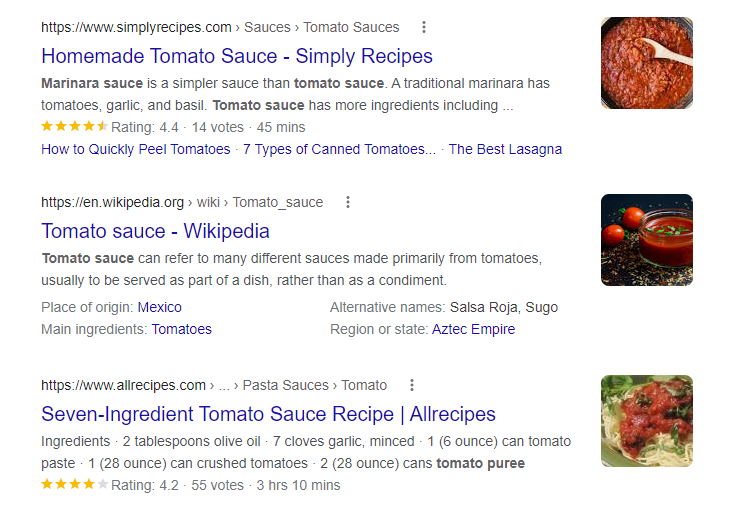Discovering the Secret Ingredients: A Comprehensive Guide to Hmong Food Recipes
Guide or Summary:Introduction to Hmong Food RecipesKey Ingredients in Hmong Food RecipesTraditional Hmong Food RecipesConclusion: Embracing the Flavors of H……
Guide or Summary:
- Introduction to Hmong Food Recipes
- Key Ingredients in Hmong Food Recipes
- Traditional Hmong Food Recipes
- Conclusion: Embracing the Flavors of Hmong Food Recipes
Hmong cuisine, rich in tradition and culture, offers a unique blend of flavors that cater to the palates of both the adventurous and the conventional. This guide delves deep into the heart of Hmong food recipes, unveiling the secret ingredients that give this culinary art its distinctive charm. From the vibrant spices to the delicate preparation techniques, we explore the essence of Hmong culinary heritage.
Introduction to Hmong Food Recipes
The Hmong people, indigenous to Southeast Asia, have a culinary tradition that is deeply intertwined with their history and way of life. Their food is a reflection of the diverse landscapes they inhabit, from the lush forests to the fertile valleys. Hmong food recipes are characterized by their use of fresh, locally sourced ingredients, which are meticulously prepared using traditional methods.
Key Ingredients in Hmong Food Recipes
The secret to the authentic flavors of Hmong cuisine lies in the use of specific ingredients. Hmong food recipes often incorporate a variety of herbs, spices, and vegetables that are native to the region. Some of the key ingredients include:

- **Lemongrass**: This aromatic herb is a staple in Hmong cooking, adding a refreshing citrus flavor to various dishes.
- **Galanga**: A root similar to ginger, galanga imparts a unique earthy and slightly spicy flavor that is essential in many Hmong recipes.
- **Kaffir Lime Leaves**: These fragrant leaves are used to enhance the flavor of soups, curries, and marinades, providing a subtle citrus note.
- **Fermented Fish Sauce**: A staple condiment in Hmong cuisine, fermented fish sauce adds a rich umami flavor to dishes, enhancing their overall taste.

Traditional Hmong Food Recipes
Hmong food recipes are diverse, ranging from savory dishes to sweet treats. Here are a few examples of traditional Hmong dishes that showcase the rich flavors and techniques of this culinary tradition:
- **Larb**: A salad made with minced meat (usually pork or chicken), fresh herbs, and spices. Larb is often served with sticky rice and lime wedges, offering a refreshing and flavorful meal.
- **Kawt**: A spicy and sour fish soup, kawt is a staple in Hmong households. It is made with a variety of fresh vegetables, herbs, and a blend of spices, resulting in a rich and aromatic broth.
- **Bamboo Shoots in Coconut Milk**: This vegetarian dish highlights the unique flavors of Hmong cuisine. Bamboo shoots, tender and slightly crunchy, are simmered in a creamy coconut milk sauce, infused with garlic, lemongrass, and chili, creating a harmonious blend of flavors.

Conclusion: Embracing the Flavors of Hmong Food Recipes
Hmong food recipes are a testament to the rich culinary heritage of Southeast Asia. By exploring the secret ingredients and traditional preparation methods, we gain a deeper appreciation for the flavors and textures that make Hmong cuisine so unique. Whether you are an experienced cook or a culinary enthusiast, immersing yourself in the world of Hmong food recipes is an enriching experience that opens up a new dimension of taste and culture. So, let the aroma of Hmong spices guide you on a journey of discovery, and may your culinary adventures be as flavorful as the recipes themselves.